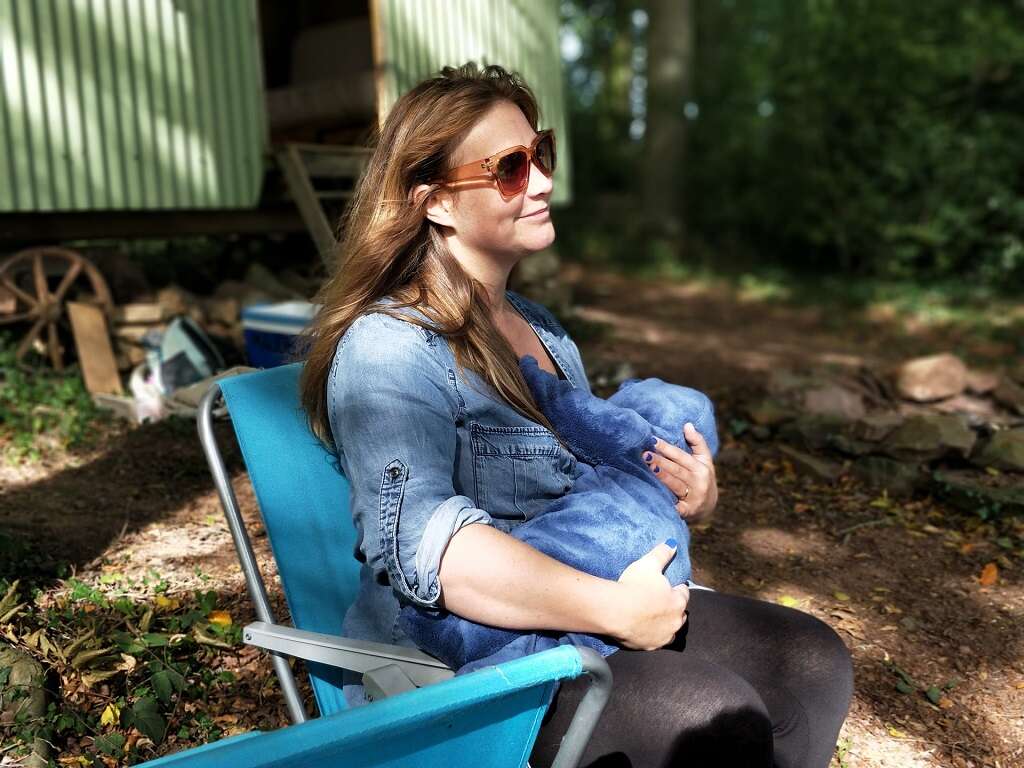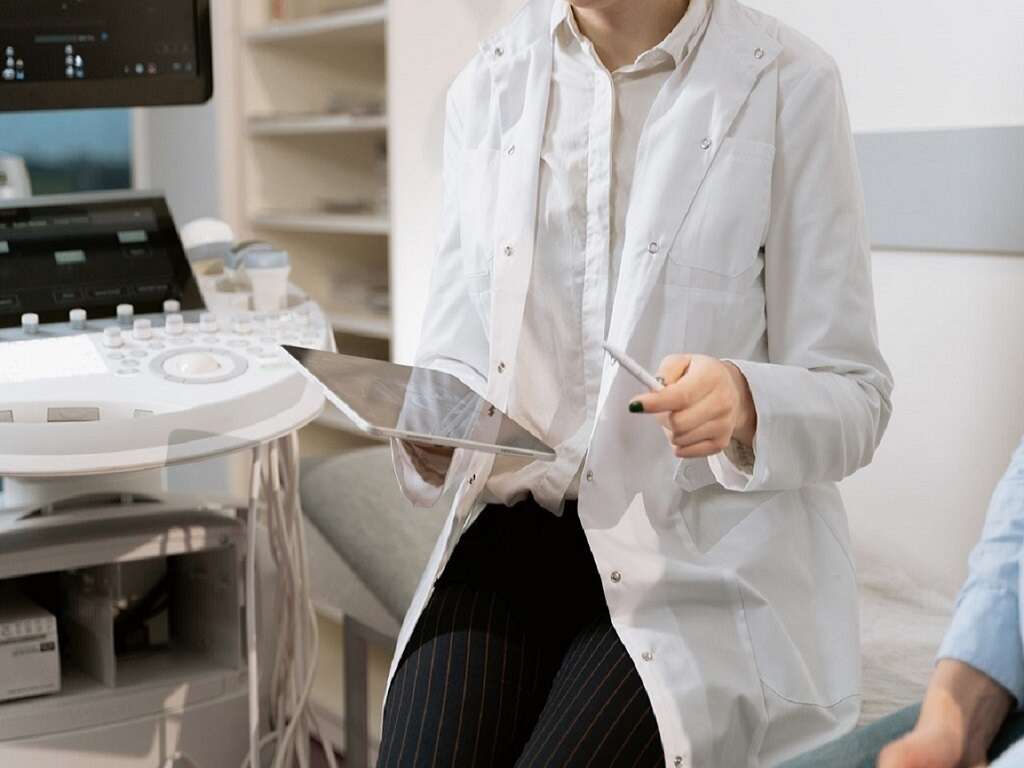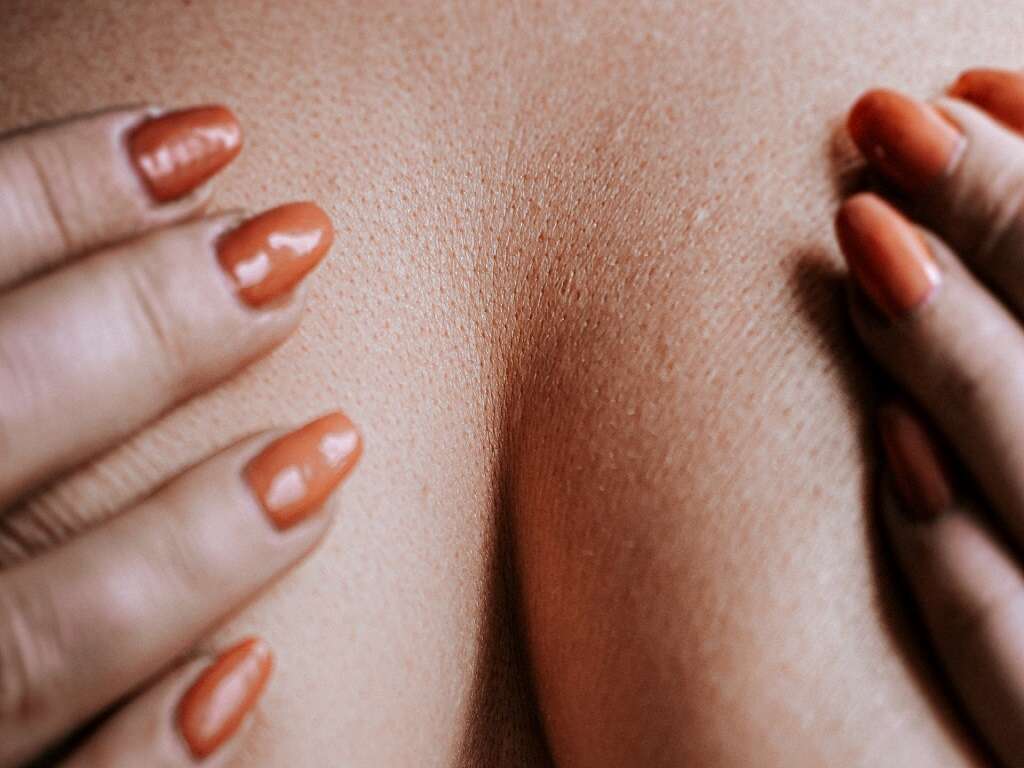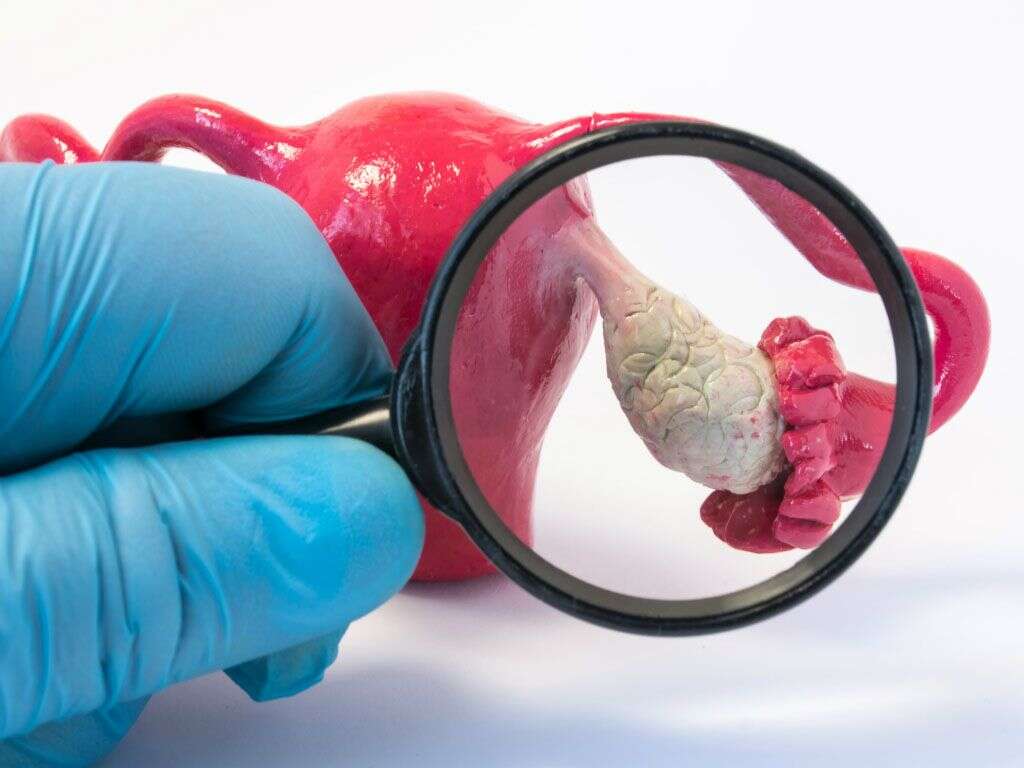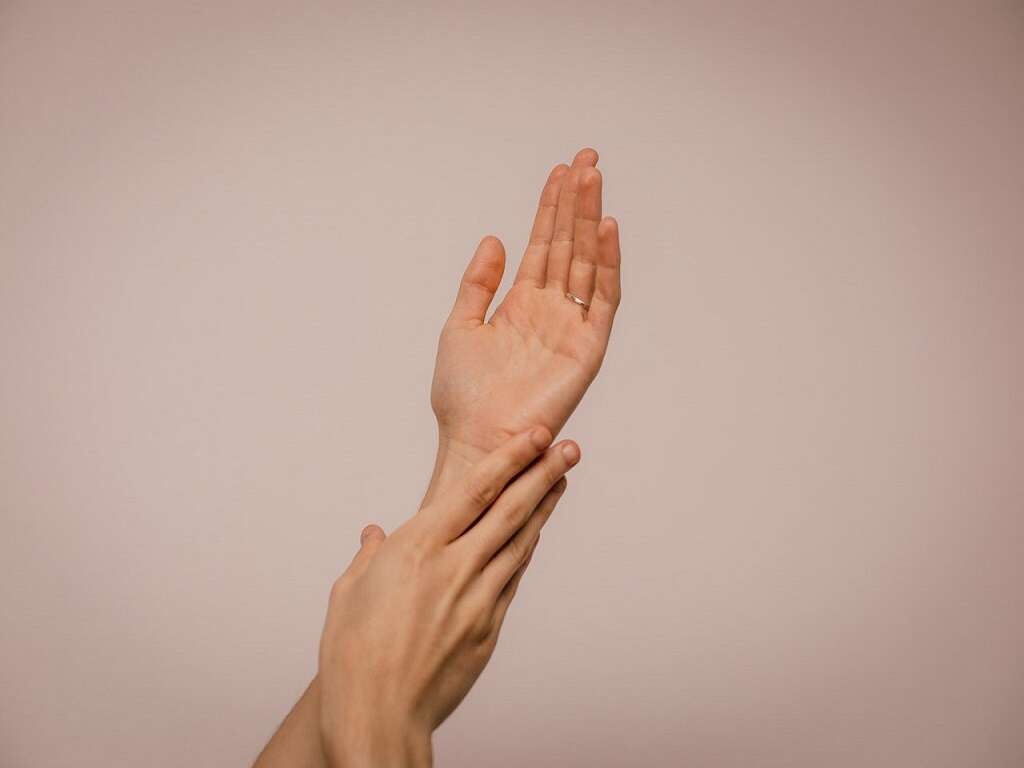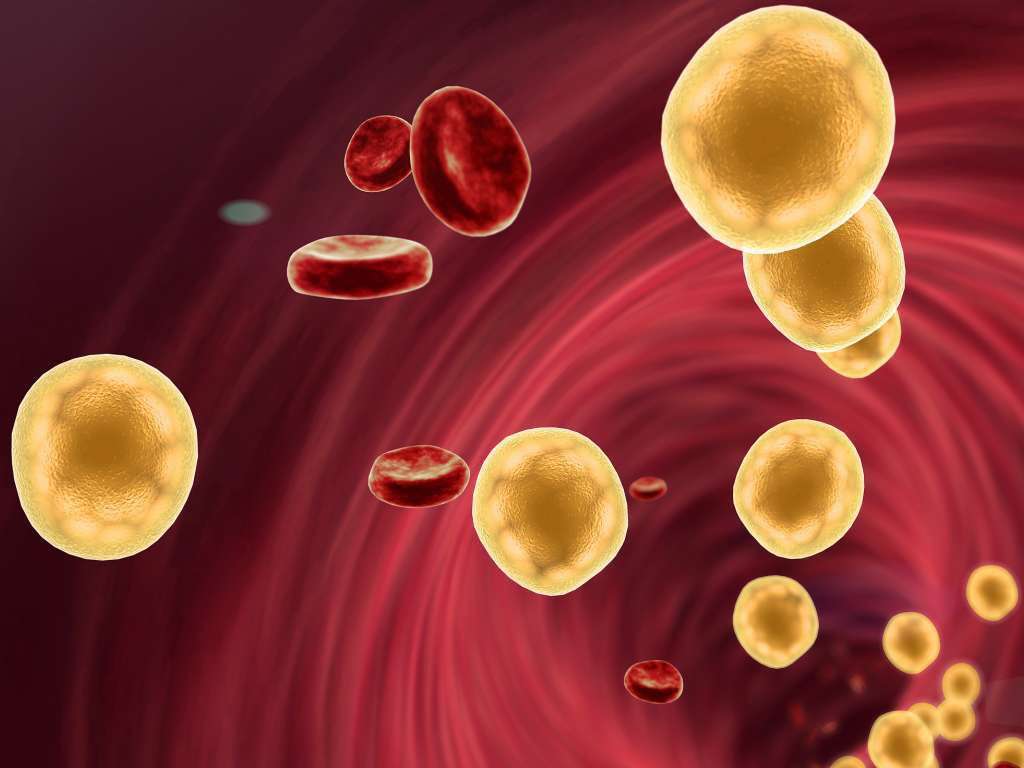What Causes Cellulite?
Achieving the perfect complexion is something that a lot of people strive for. Some people find it harder than others, however, and often for reasons that are beyond their control. Many people can do little about their complexion, and some will have conditions like cellulite to consider.
Cellulite is a condition that will affect most people at some point in their lives. The severity of the symptoms can vary considerably, however, and it will be barely noticeable for a lot of people. Of the people that do have cases of cellulite, some will want to look for ways to treat the condition.
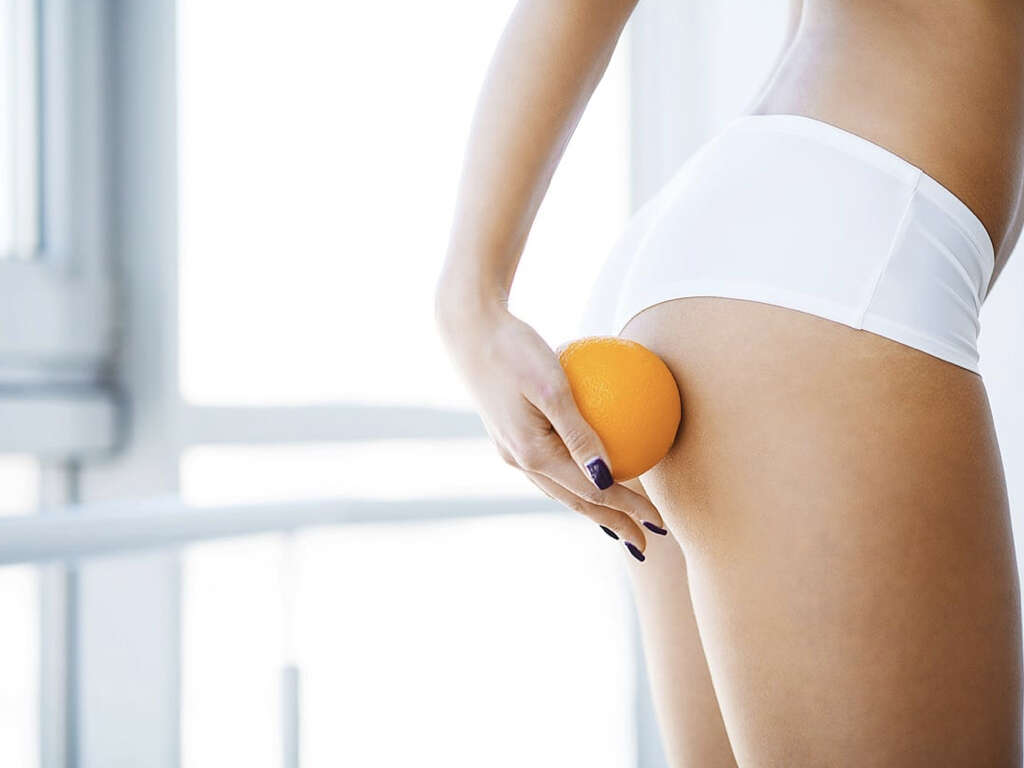
1. Cellulite
Cellulite is a condition that many people suffer from. It is an aesthetic condition that can look unsightly. Fortunately, however, it will cause no harm to the patient, and they will experience no symptoms. The condition is far more likely to occur in women than it is in men.
Cellulite causes the skin to take on an uneven appearance in some places. It can appear to be dimpled and fleshy and can be easily noticeable. It most often happens on the abdomen, thighs, hips, and buttocks. Some people will choose to dress in a manner that will help to cover up the affected areas.
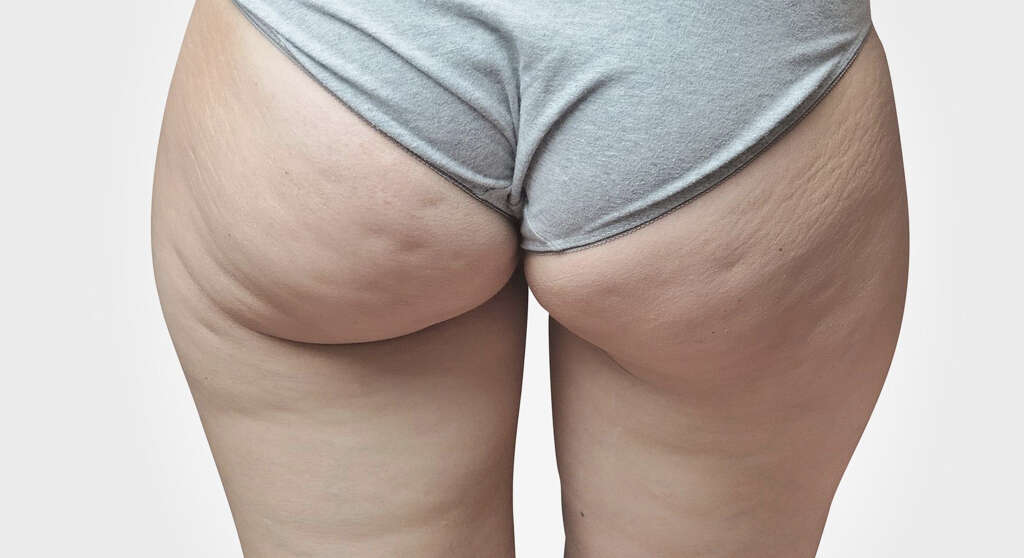
2. Causes
Just beneath the surface of our skin is cords that help to connect our skin to the muscle lying just beneath. In between these two layers is another layer, which consists mainly of fat. The fat here is usually fairly thin and distributed evenly, creating a smooth surface on the skin above.
In some people, fat cells can begin to accumulate in this layer, causing the skin above to be pushed out. The skin is still attached to the muscle below by the connective cords in places, however, meaning that parts of the skin will continue to be held close to the muscle. It is unclear exactly why this happens, but potential causes include genetics, body type, and skin texture.
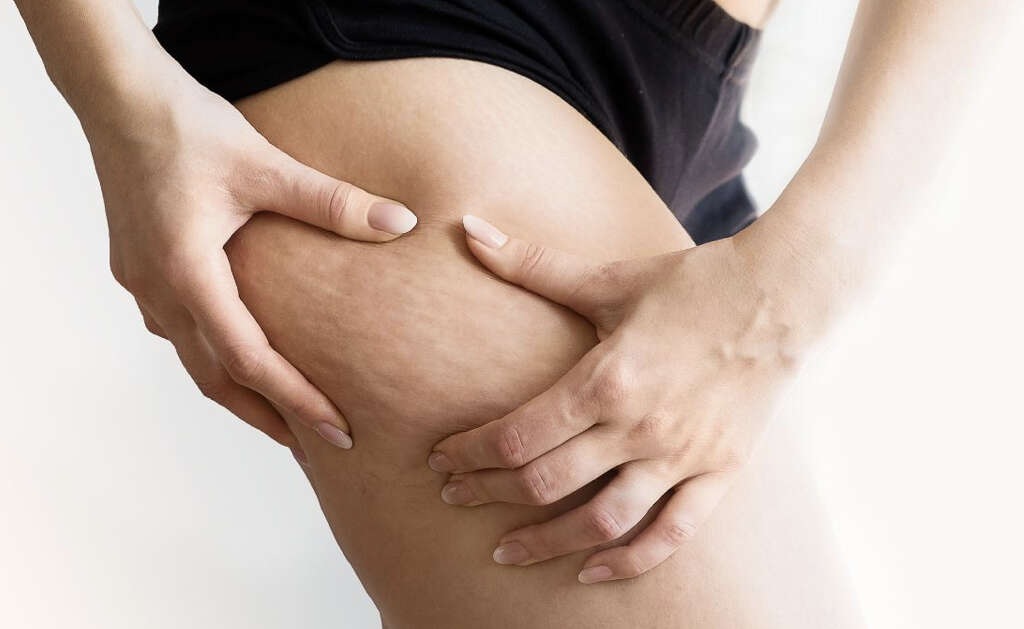
3. Symptoms
As mentioned, cellulite can appear bumpy or dimpled; almost quilted in appearance. In addition to the areas mentioned, it can also sometimes be located on the patient’s upper arms, and on their breasts. The condition causes no pain, no discomfort, and no other symptoms will be present.
Although the condition does not cause any other symptoms, it can still be difficult for people who are concerned about their appearance. It might even cause some people to lose self-confidence, and many might feel uncomfortable about revealing the affected parts of their body. Treatment is not necessary in a medical sense, but many will look for treatment for aesthetic reasons.
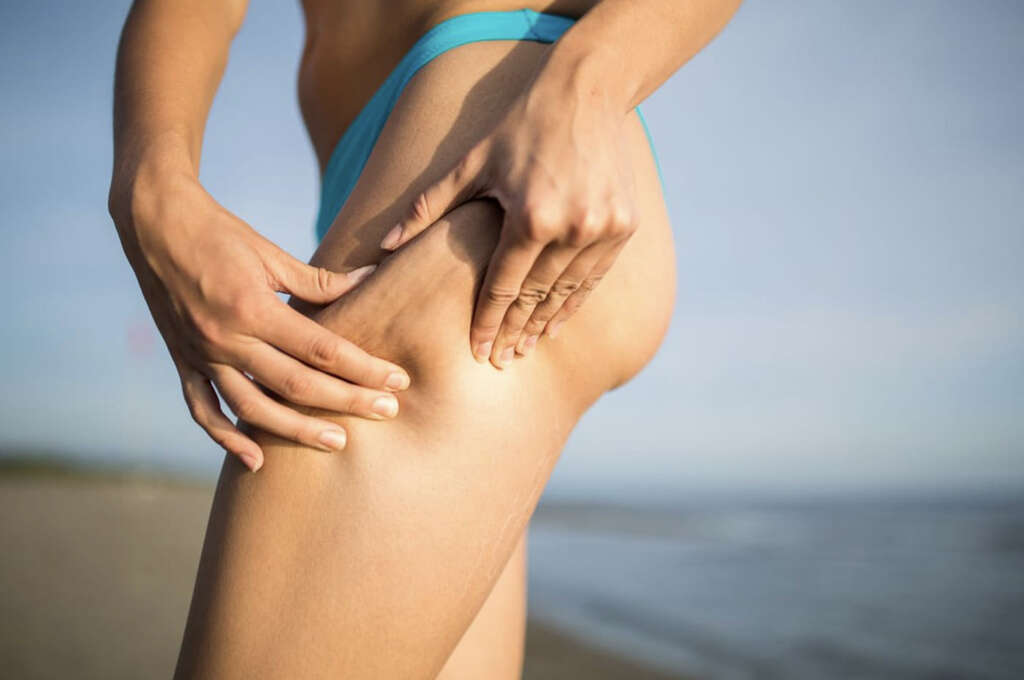
4. Who’s at Risk
Cellulite is something that can be found in both men and women, but it is much more common in women. Indeed, the majority of women will develop cellulite after they have been through puberty. It is also more likely to affect people as they get older, and people are also more likely to develop it if there is a history of it in the family.
Cellulite is often associated with obesity, and being obese can help to make cellulite more noticeable. Even slim, healthy people can also develop cellulite, however. While even active people can develop cellulite, they are less likely to develop it than people who are not active.
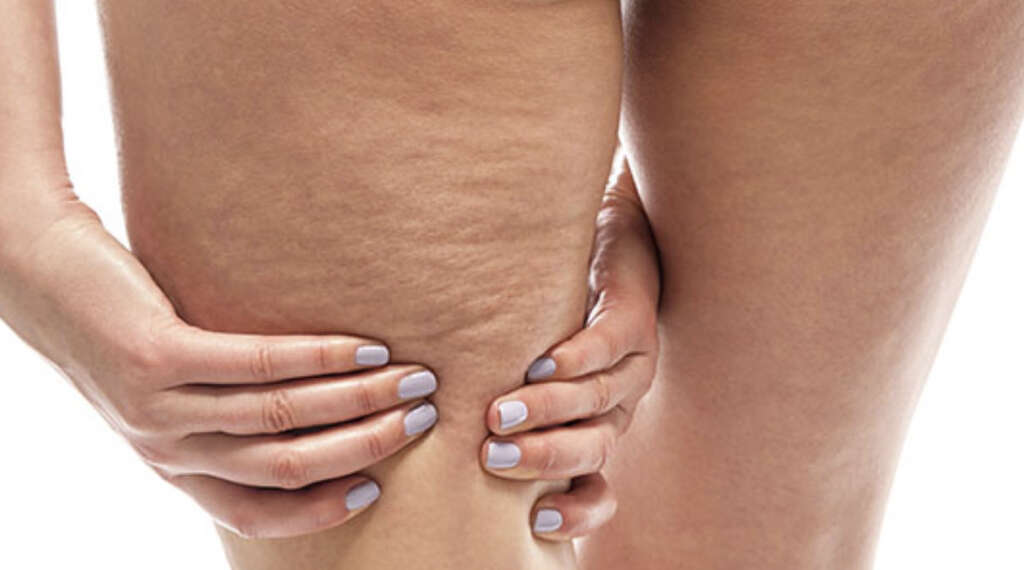
5. Acoustic Wave Therapy
Many people choose to treat cellulite to help improve their appearance, and there is a variety of methods to choose from. Which works best, if any, depends on the person, and a combination of methods can also be more effective. One of the methods people can choose is acoustic wave therapy.
This method involves covering the affected area with a gel. A device known as a transducer is then used that will send sound waves through the patient’s body. These sound waves will help to break up the cellulite, but its effects are not immediate. Patients are likely to need multiple sessions before seeing a noticeable improvement.
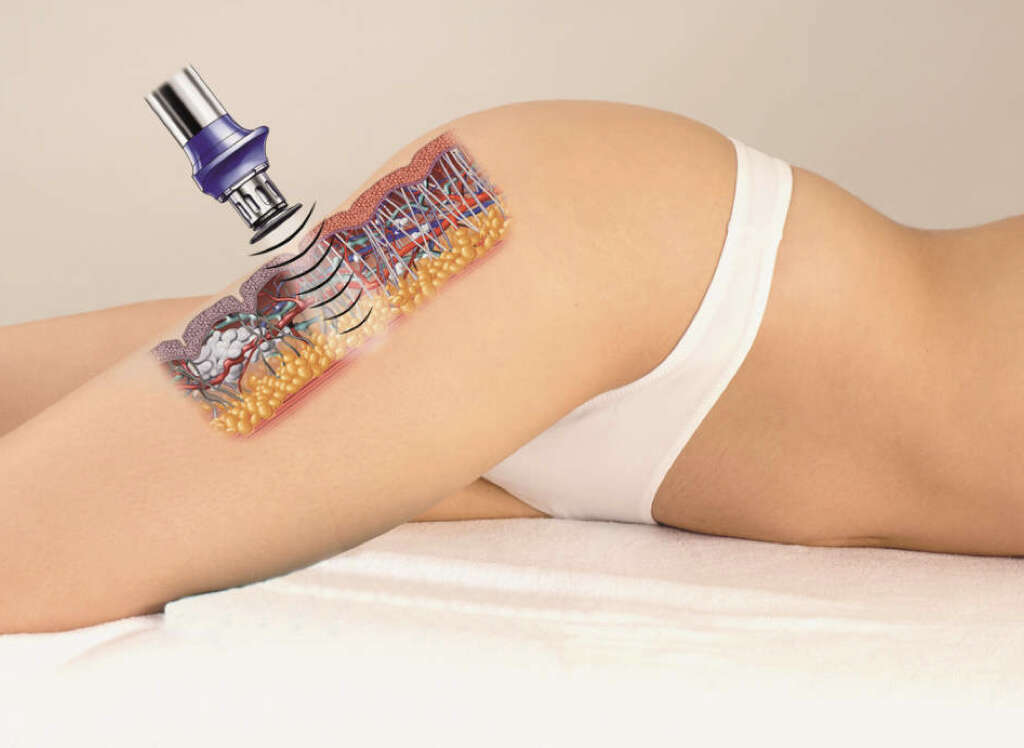
6. Nonablative Treatment
Radiofrequency devices use heat to help remove cellulitis. Some radiofrequency treatments are non-ablative. This is opposed to ablative treatments that involve the wounding of the patient’s tissue. Instead, radio waves are used that will pass through the top layer and move through the fat layer below, heating the cellulite in the process.
This process is thought to be able to help dissolve the cellulite. It is also claimed that it can help to tighten the skin, and also improve the circulation in the area. It can take several sessions before an improvement is seen, and the results will vary from person to person.
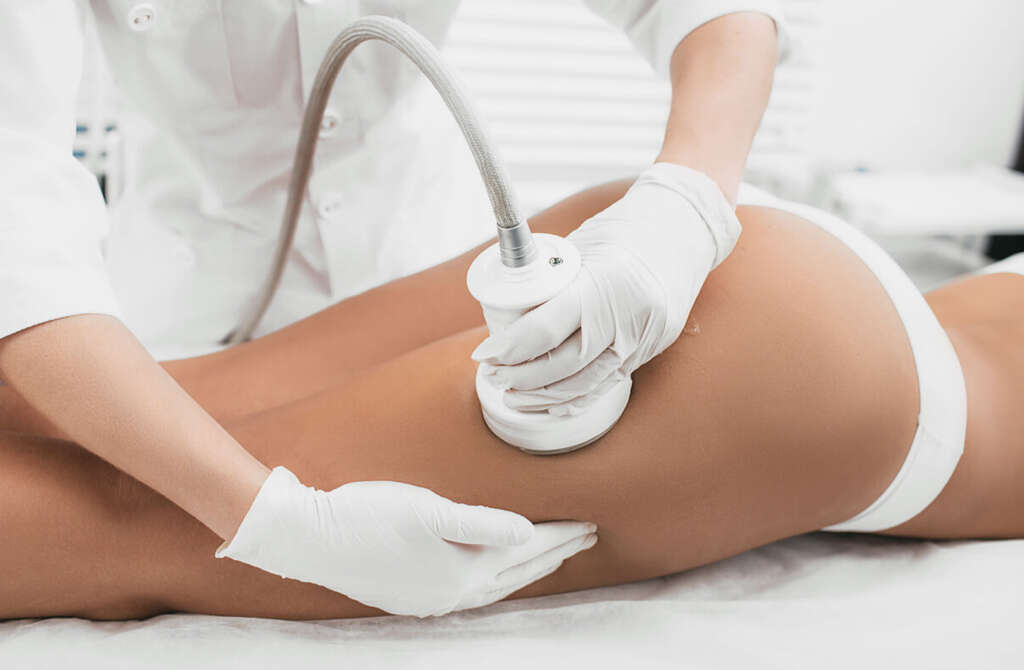
7. Ablative Treatments
Ablative treatments are those that do wound the patient’s bodily tissues, and they are sometimes use in cellulite treatments. One technique is for fiber to be inserted into the layer between the skin and the muscle. This fiber will then use heat from a laser to destroy the cords that are connecting the muscle to the tissue.
This method can be quite painful for the patient, and it should only be done by a fully trained professional. However, it is thought to be able to help improve the skin for up to a year. It is also said to be able to thicken the skin, which can also help to make the skin smoother.

8. Liposuction
Liposuction is perhaps one of the better-known cellulite removal methods. It involves inserting a tube into the fat layer beneath the skin, and then quite literally sucking the fat out. The method is very effective at moving a lot of fat quickly, and tends to be used when a patient has a problem with obesity.
Liposuction tends not to be used as a standalone cellulite removal method, although it can help reduce the severity of cellulite in people that are obese. Some people claim that it can even make cellulite appear worse unless it is used in combination with other methods.
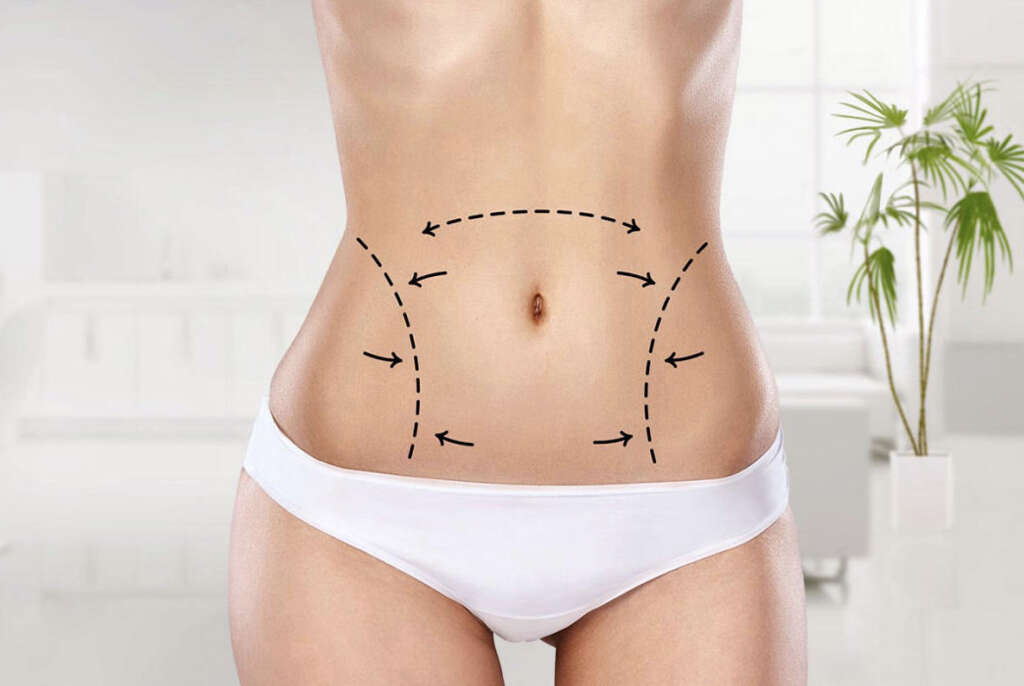
9. Surgery
If other methods are not successful then some patients will turn to surgery instead, and there are different methods to choose from. One of these is to surgically remove fat from beneath the skin to help make the skin smoother. This method is thought to last for up to 3 years.
Another method is to cut the cords that connect the skin and the underlying muscle. This is achieved with the help of blades, needles, or other tools. This method is also thought to be effective for up to 3 years. With the potential complications that come with surgery, it is usually only recommended if all other attempts have failed.
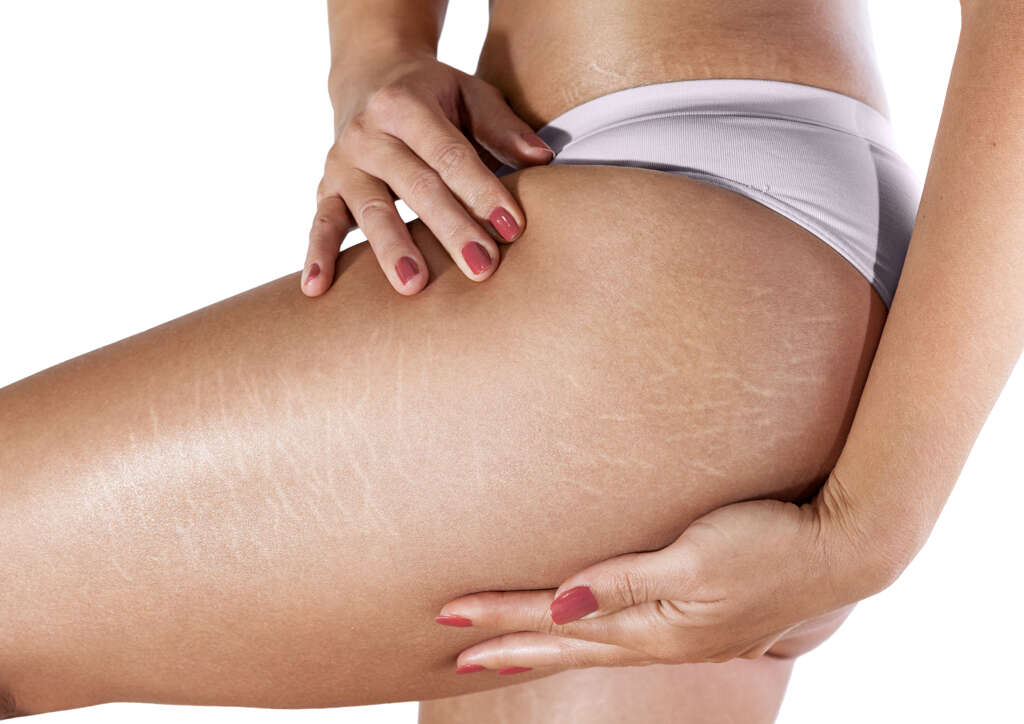
10. Lifestyle Changes
As mentioned, anybody can develop cellulite, but it is less common in people that live a relatively healthy lifestyle. Obese people in particular will likely find that losing weight will help improve the appearance of cellulite. This will tend to involve getting exercise, and eating a healthy diet.
Obese people losing weight will also be beneficial for them in other ways. Exercise can also help to improve muscle tone, which can also help improve the appearance of cellulite. The patient can also try purchasing creams that help to reduce cellulite, although some of these are not as effective as they claim to be.






